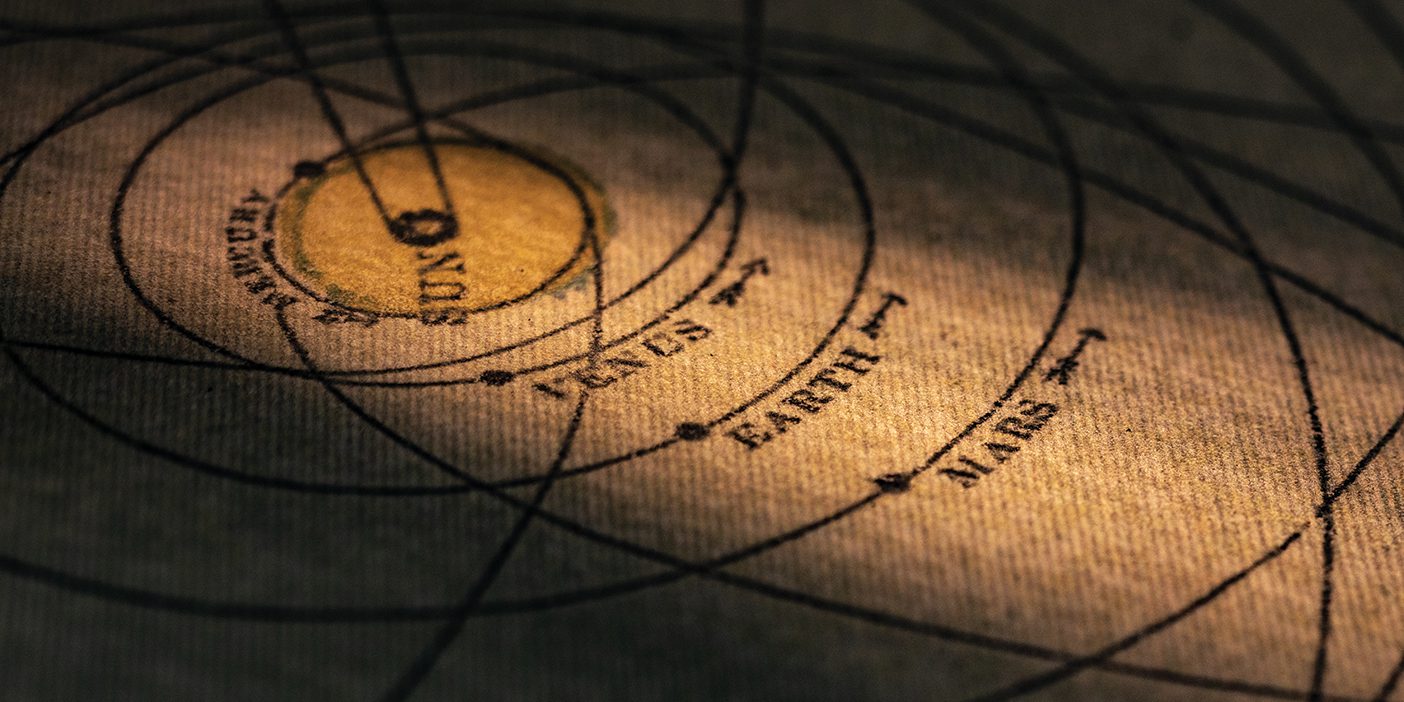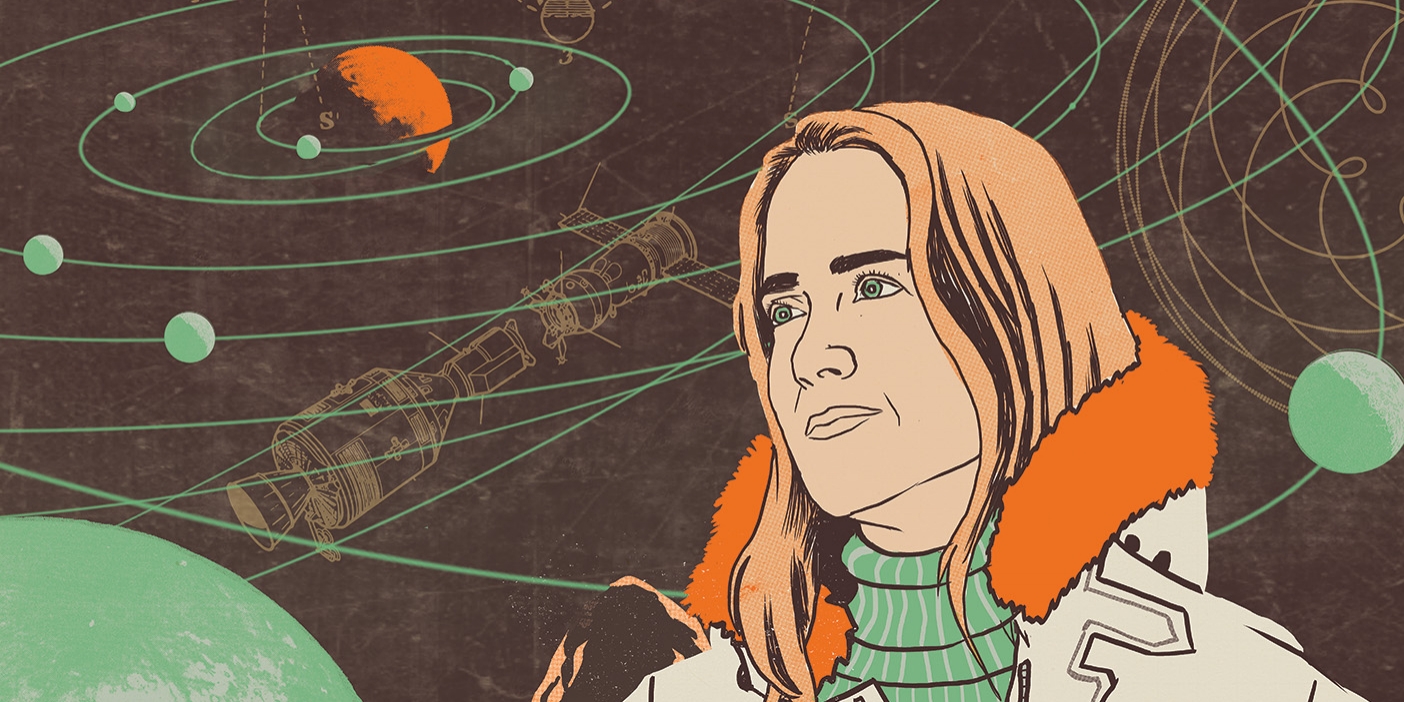BYU and NASA are reaching deep into space with dust analyzers, rotorcrafts, and computer simulations.

BYU and NASA are reaching deep into space with dust analyzers, rotorcrafts, and computer simulations.
Dust Busters: To prepare for future missions to Mars, BYU engineering and chemistry professors and their students are developing a device that will analyze the dust blowing about the Red Planet’s surface. Fine dust particles could pose a threat to astronauts’ lungs, spacecraft, and other technology.
BYU’s device, a mass spectrometer, has circuit boards built to determine the charge (and, therefore, the stickiness) and mass of the dust. Since Mars dust is so tiny, the team developed a charge detector with unprecedented sensitivity, thanks in part to a component—the feedback capacitor—that is 1,000 times smaller than off-the-shelf solutions. They even made Mars-like dust grains to test the device.
“We’re trying to anticipate problems before they come up,” says chemistry professor and project director Daniel E. Austin (BS ’98). “If you’re going to send people to Mars, it had better be a successful mission.”
Exploring Titan: NASA is sending a rotorcraft named Dragonfly to Saturn’s moon Titan to study its compounds, which are comparable to those found on Earth. The mission leaders enlisted BYU geology professor Jani Radebaugh (BS ’93, MS ’99) to help. Radebaugh, a planetary scientist, has studied the surface processes that create mountains and lakes on Titan, active volcanoes on Jupiter’s moon Io, and dunes on Pluto.
The mission is set to launch in 2026 and land on Titan in 2034. Flying like a drone, Dragonfly will investigate and explore the atmosphere and surface for signs of life, past or present, and evaluate the chemistry and landforms.
We Are Not Alone: Ever wondered how many Earth-like planets are out there? BYU astronomy professor Darin A. Ragozzine has, and he worked recently with Penn State researchers to determine a more accurate estimate.
NASA’s Kepler space telescope has discovered thousands of larger planets, but smaller planets are harder to see. So Ragozzine and his colleagues designed a new computer model that simulates “galaxies” containing stars and planets and, using Kepler data, determined how many planets the space telescope could have discovered.
“We found that around 10 percent of stars have a planet that is about the same size as Earth and gets about the same amount of sunlight as Earth,” Ragozzine says. “Planets similar to Earth, that get about the same light from their star, are very common.”
“”












